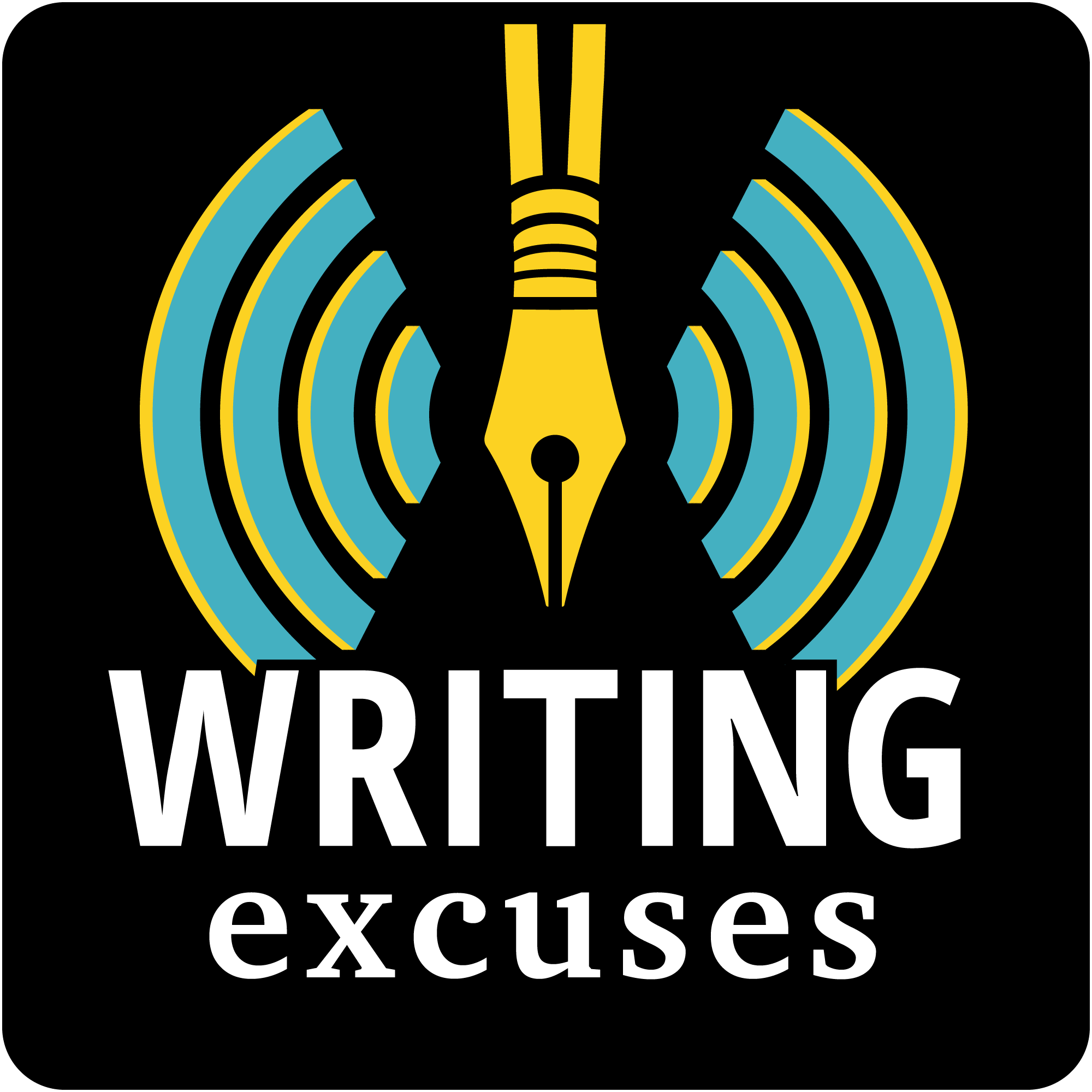Greg van Eekhout joined us at Phoenix Comic Con for a live-audience Q&A session about Elemental Relationship writing. Here are the questions: What is your favorite way to establish relationships? How do you recover when a relationship starts to feel forced? How do you show a “best friend” relationship? How…
Fifteen minutes long, because you're in a hurry, and we're not that smart.

